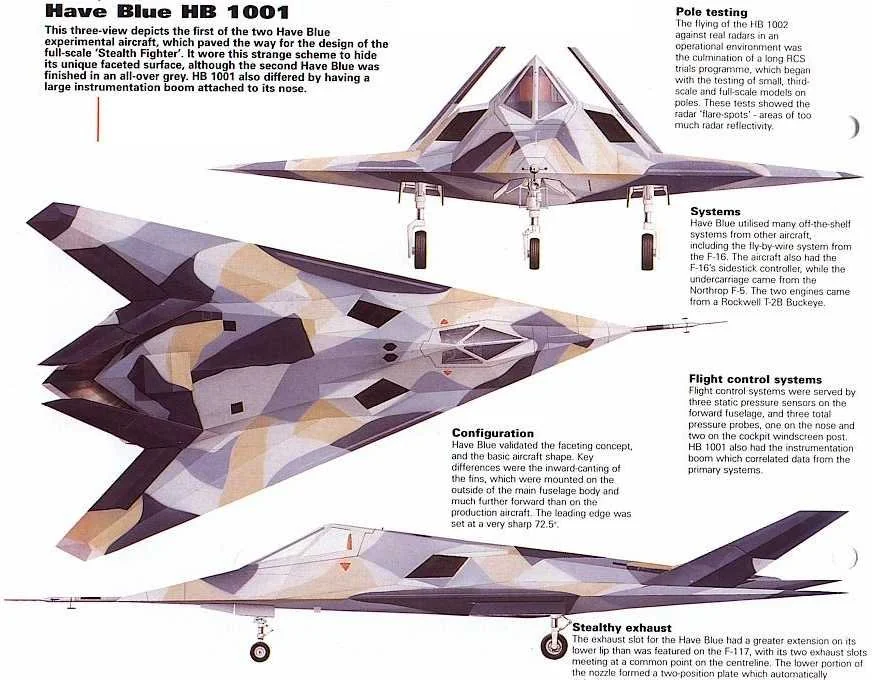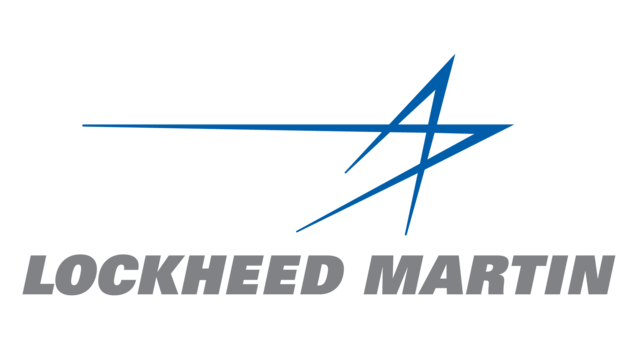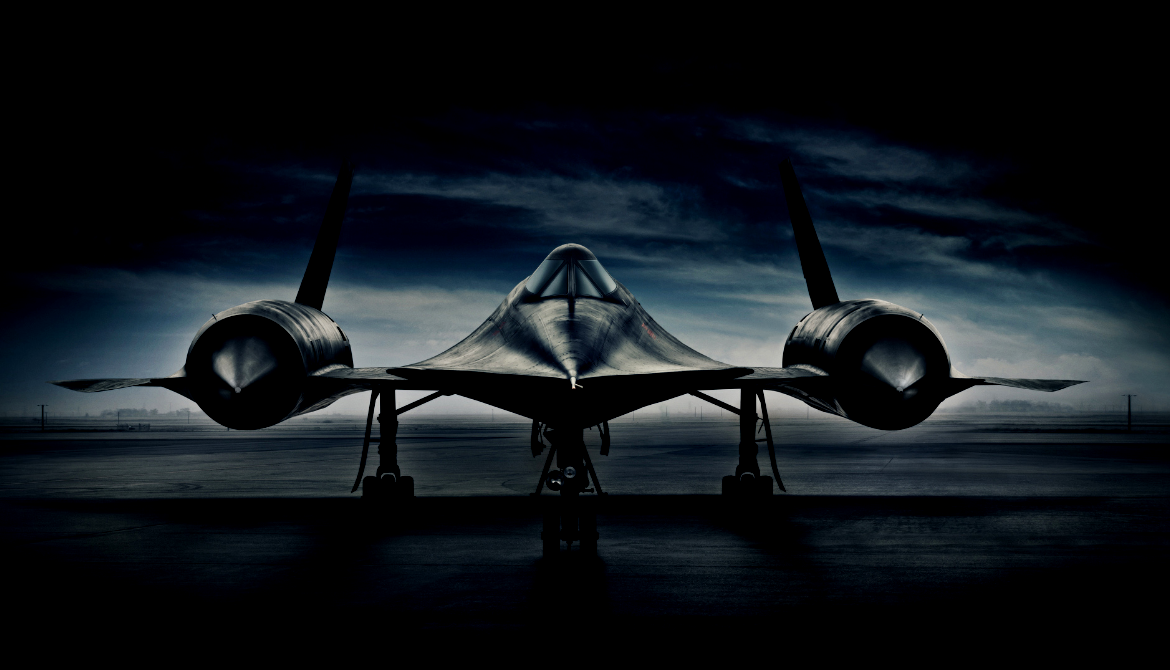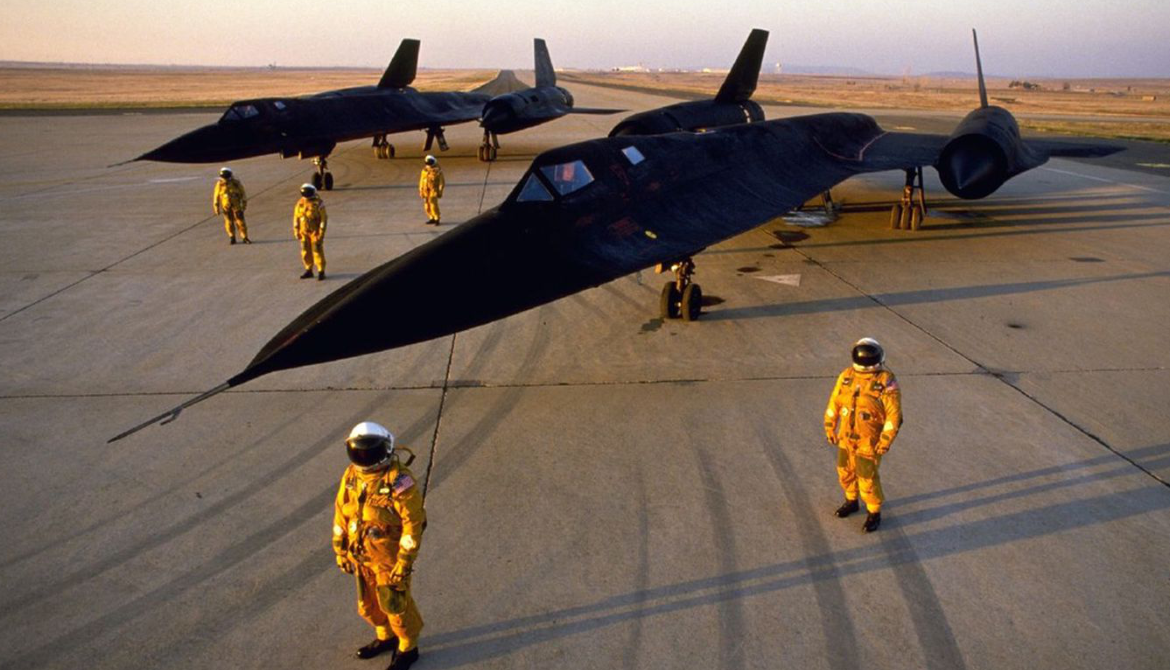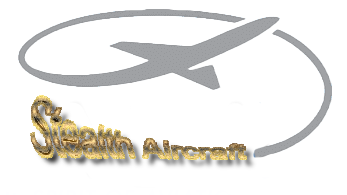

Lockheed Have Blue demonstrator
Role Stealth demonstrator
Manufacturer Lockheed Skunk Works
First flight 1 December 1977
Status Destroyed
Primary user Lockheed
Number built 2
Developed into Lockheed F-117A Nighthawk
.
History Lockheed
Lockheed Have Blue
demonstrator stealth bomber
0
KmCeiling
0
KmMAX RANGE
0
Km.hAircraft Speed
0
Max Crew
Lockheed Demonstrator Have Blue
Photo Gallery


Lockheed/Martin Aircraft
Lockheed Demonstrator Have Blue
General Info
Crew: 1
Length: 47 ft 3 in (14.40 m)
Wingspan: 22 ft 6 in (6.86 m)
Height: 7 ft 6 in (2.29 m)
Wing area: 386 sq ft (35.9 m2)
Powerplant
Empty weight: 8,950 lb (4,060 kg)
Max takeoff weight: 12,500 lb (5,670 kg)
Powerplant: 2 × General Electric J85-GE-4A turbojet engines, 2,950 lbf (13.1 kN) thrust each
Specifications
Maximum speed: 521 kn (600 mph, 965 km/h)
Wing loading: 32 lb/sq ft (160 kg/m2)
Thrust/weight: 0.46–0.62
Avionics
Avionics
.
Links to Youtube & Others
In the 1970s, it became increasingly apparent to U.S. planners that, in a military confrontation with Warsaw Pact forces, NATO aircraft would quickly suffer heavy losses. This came as a result of sophisticated Soviet defense networks, which used surveillance radars, radar-guided surface-to-air missiles (SAM), and anti-aircraft artillery (AAA) to seek and eliminate enemy aircraft.
Lockheed/Martin
Have Blue
The Lockheed Have Blue was born out of a requirement to evade radar detection. During the Vietnam War, radar-guided SAMs and AAA posed a significant threat to US aircraft.
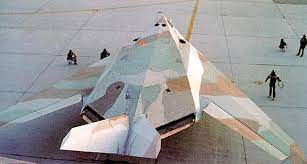
Youtube Link
In October 1977, just prior to Phase 2 of the XST competition, Lockheed was tasked with exploring possible operational aircraft.
